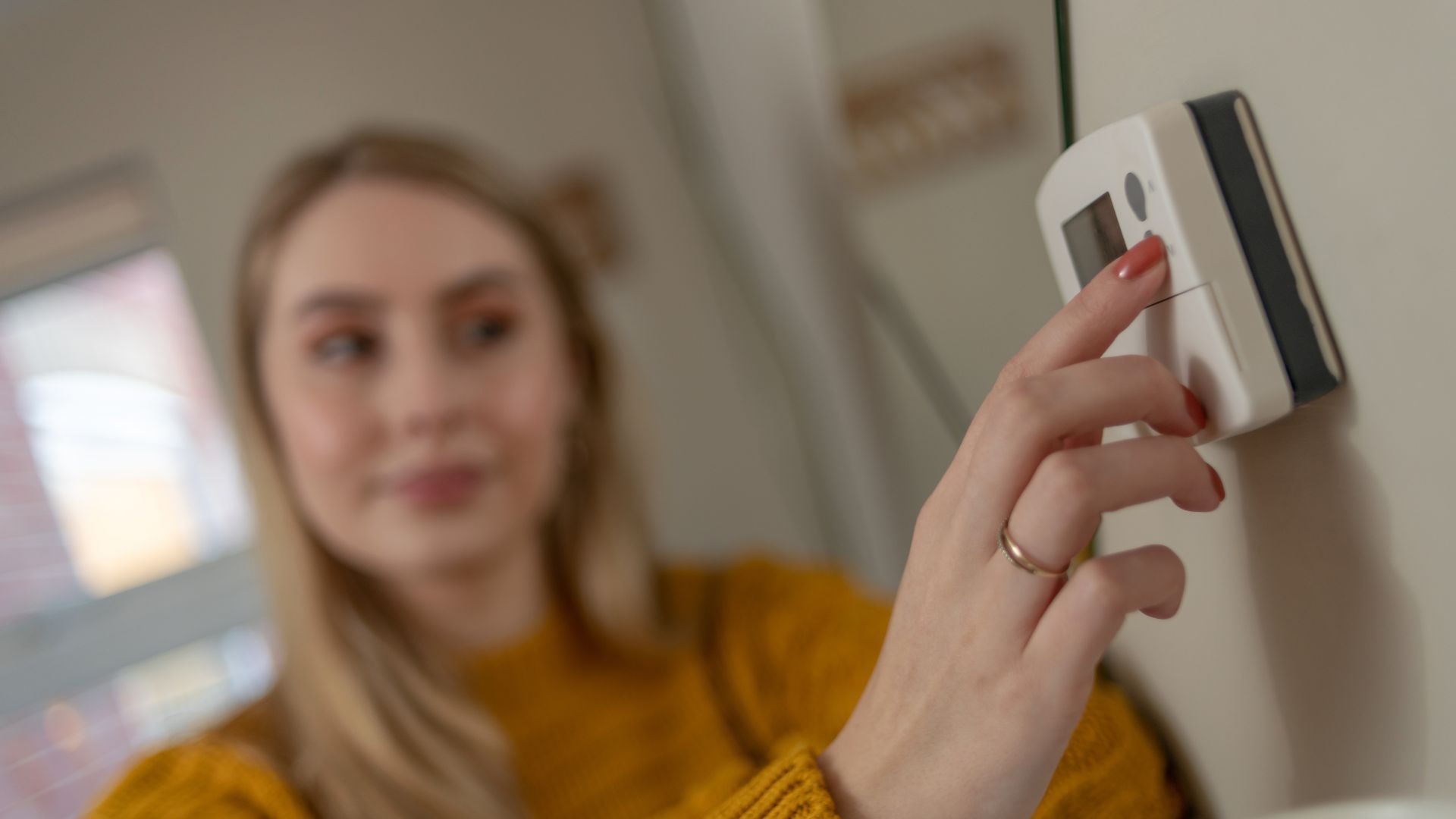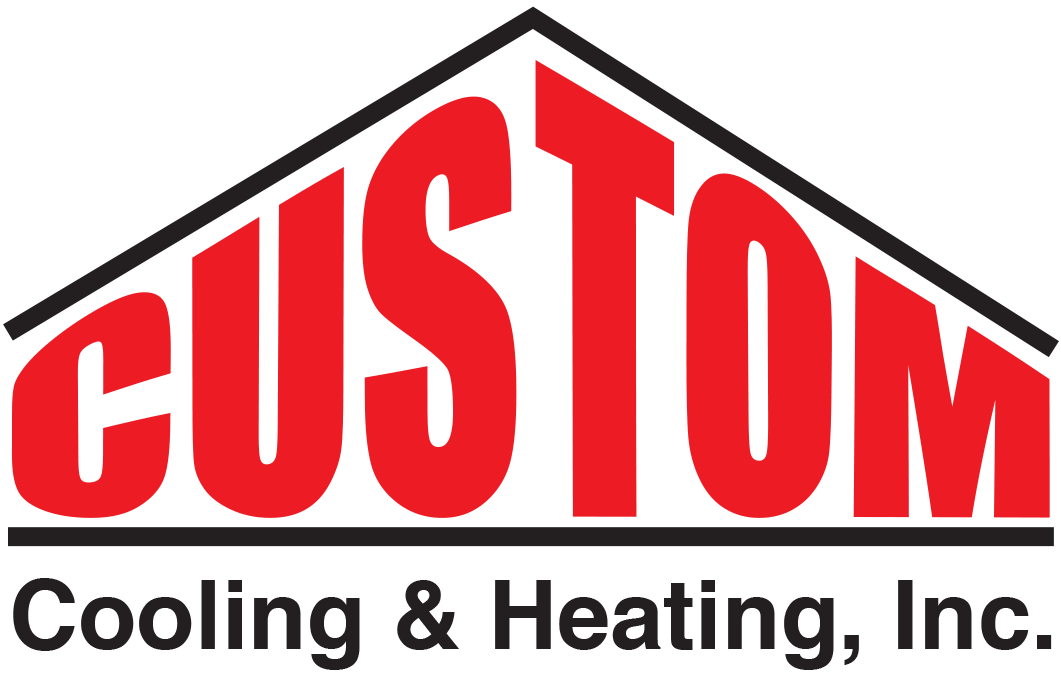Furnace Problems? What to Check When It’s Not Working
When the temperatures drop, a broken furnace can quickly turn into a major headache. Before calling for professional help, there are a few simple checks you can perform to potentially identify and resolve the issue. Here are some common furnace problems and what you should check when it’s not working.
1. Check the Thermostat
The thermostat is the control center for your furnace, and often, furnace issues can stem from a simple thermostat setting or power issue. Here’s what to do:
- Ensure it’s on and set to “Heat”: Double-check that the thermostat is powered on and set to the heating mode.
- Check the temperature setting: Make sure the temperature is set higher than the current room temperature.
- Replace the batteries: If your thermostat uses batteries, low power could cause it to malfunction.
2. Inspect the Power Source
Your furnace won’t work if it’s not receiving power. Take these steps to make sure it’s properly connected:
- Check the circuit breaker: Look for any tripped breakers in your electrical panel and reset them if necessary.
- Examine the furnace switch: Many furnaces have a dedicated power switch near the unit. Ensure it’s in the “On” position.
3. Replace the Air Filter
A clogged air filter can restrict airflow, causing your furnace to shut down or operate inefficiently. Follow these steps:
- Locate the air filter, which is usually near the return air duct or the furnace itself.
- Check if the filter is dirty or clogged with debris.
- Replace the filter with a clean one, ensuring it’s the correct size and type for your furnace.
4. Check the Pilot Light or Ignition System
If you have a gas furnace, your furnace uses a pilot light, which needs to stay lit for the system to function. For newer models with electronic ignition, the ignitor may need troubleshooting. Here’s what to check:
- Pilot light: If it’s out, carefully follow your furnace’s instructions to relight it. If it won’t stay lit, there could be a problem with the thermocouple. *Most furnaces that are older than 35 years will have a standing pilot light and thermocouple.
- Ignition system: For electronic ignitions, you may need to reset the system or call a professional if it’s not sparking properly. *Most furnaces that are 30 years old and newer will have an ignition system that either sparks or glows to light the pilot or burners. Try shutting the power off and turning it back on to reset the system and the furnace will try the ignition sequence again.
5. Ensure the Furnace Door is Secure
Many furnaces have a safety switch that prevents them from operating if the access door isn’t properly closed. Ensure the door is securely latched.
6. Look for Blocked Vents or Registers
Blocked vents can disrupt airflow and cause your furnace to stop working or overheat. Inspect all vents and registers to:
- Make sure they’re open and unblocked by furniture or other objects.
- Remove any visible dust or debris obstructing airflow.
7. Examine the Furnace’s Drainage System
If your furnace is a high efficient model that vents to the exterior with PVC pipe, then the condensation from your furnace needs to drain properly. A clogged condensate drain line can trigger safety mechanisms that shut down the system. Check:
- For water pooling near the furnace.
- If the drain line is clogged or frozen and clear it if necessary.
8. Examine the Furnace’s exhaust pipe
If your furnace is a high efficient model that vents to the exterior with PVC pipe, then the pipes may be covered by a snow drift or be frosted over outside. You can check the type that vent out the sidewall and clear the area as necessary. If your furnace termination vent is on the roof then leave that inspection for a professional as roof access is dangerous, especially during the winter. Once the exhaust and inlet pipes are clear, please shut the power off to furnace and turn back on to reset the control board and re-start the ignition sequence.
9. Listen for Unusual Noises
Strange noises can signal specific problems:
- Banging or rattling: Could indicate loose parts or lack of airflow due to plugged filter or vents.
- Whistling or squealing: Might point to airflow restrictions or a worn blower belt.
- Grinding or metal on metal scraping: combustion blower/inducer assembly may be failing, or blower motor / assembly may be failing.
While these checks can help address minor issues, some furnace problems require professional attention. If you’ve gone through this list and your furnace still isn’t working, it’s time to call the experts.
Expert Furnace Repairs and Installations in Lincoln, NE
At Custom Cooling and Heating, we understand how important a functioning furnace is during the colder months. Our experienced technicians are ready to diagnose and fix any
HVAC issue to ensure your home stays warm and comfortable.
Contact us today for prompt and reliable service!
Read our latest articles



